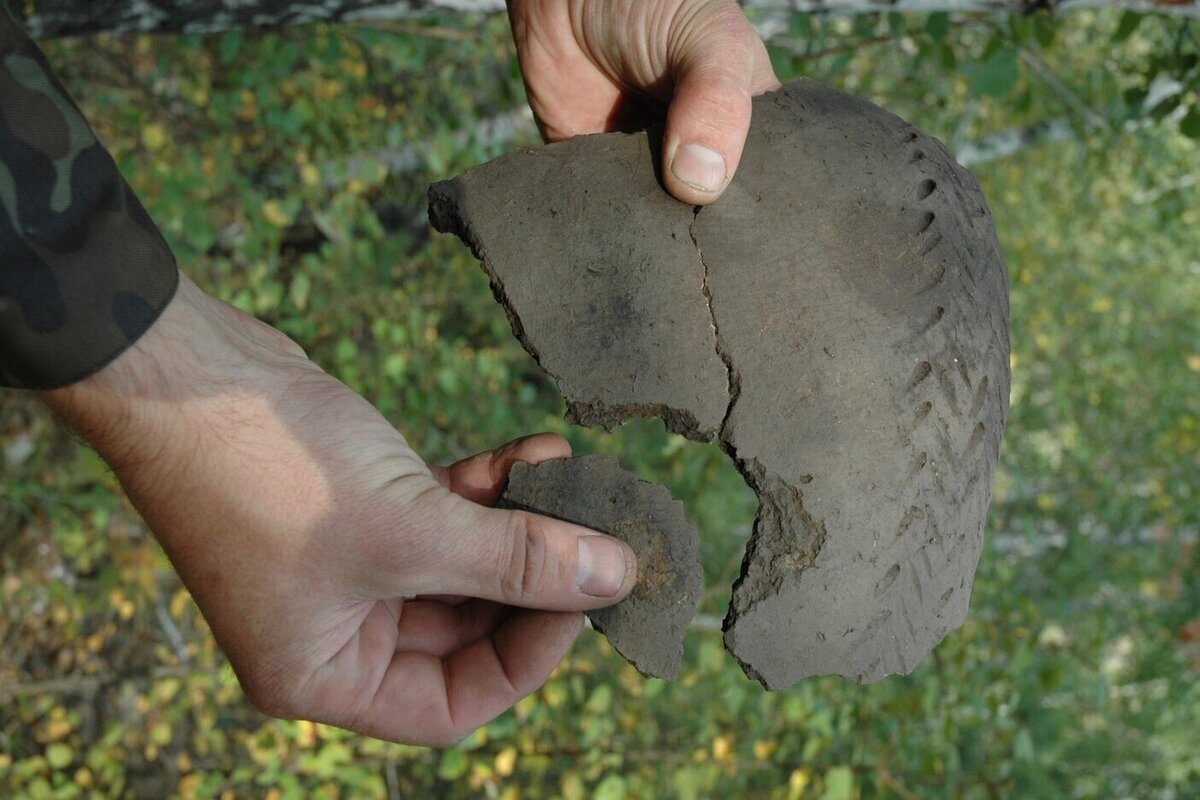Qing Dynasty roads containing an unusual ingredient – sugar – have been discovered in Taiwan.


test banner under the title image
Fragments of ancient roads built in the first half of the 19th century using an unusual material—cane sugar—were discovered during construction work on the island of Taiwan. According to the Taipei Times, the unique find was made in the city of Tainan during the construction of a new railway line.
Archaeological examination revealed that the roads were built during the Qing Dynasty (1644-1911), which controlled the island at the time. The foundation was clay mortar, and the builders used scrap materials to fill the gaps between the slabs: pottery shards, broken roof tiles, and chunks of raw cane sugar.
According to researchers, this construction method is explained by the fact that the Tainan region was a major sugar production center at the time. Using readily available and inexpensive raw materials was a practical solution for local workers.
Historians, having studied archival documents, have determined that the construction or large-scale reconstruction of these roads took place around 1836, during the reign of the Daoguang Emperor. Official reports from Qing officials contain records of the developed sugar industry in Taiwan and even of how the air above the local roads in summer was filled with sweet steam from sun-warmed sugar.
According to the publication, after the railway's construction is completed, all discovered artifacts will be integrated into a special cultural project. Its goal is to remind Taiwanese residents of the historical heritage and significance of Tainan during the Qing Dynasty.
mk.ru






